Introduction
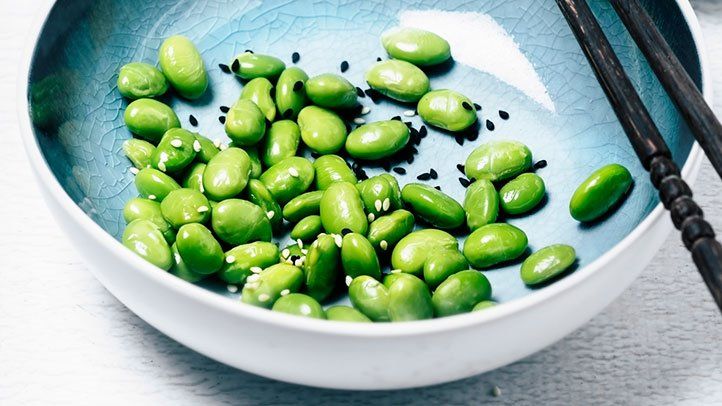
Introduction
Edamame and Mukimame are two popular soybean varieties that are commonly consumed as healthy snacks or ingredients in various dishes. These legumes not only have high nutritional value but also offer unique flavors. While they may seem similar, there are several key differences between Edamame and Mukimame, including their processing methods, taste, texture, nutritional content, cooking methods, health benefits, culinary uses, availability, and cost. Understanding these differences will help you make an informed decision and choose between these two soybean delights. Regardless of your choice, both Edamame and Mukimame are nutritious and delicious additions to your Japanese cuisine experience.
Overview of Soybeans and their popularity in different forms
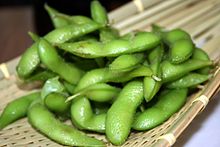
Soybeans have gained worldwide popularity due to their versatility and health benefits. They are consumed in various forms such as tofu, soy milk, and soybean oil. Soybeans are also a key ingredient in many traditional Asian dishes. The popularity of soybeans can be attributed to their high nutritional value, including being rich in protein, fiber, and essential vitamins and minerals. Additionally, soybeans are known for their unique taste and texture, making them a favorite among both vegans and meat-eaters. Whether used in stir-fries, salads, or soups, soybeans add a delicious and nutritious element to any meal.
Edamame

Edamame, a popular soybean variety, is known for its nutritious and flavorful qualities. To enjoy edamame, start by boiling the pods in salted water for about 5 minutes. Then, let them cool and squeeze the pods to release the beans. Sprinkle some sea salt and enjoy them as a tasty and healthy snack. Edamame can also be used in various dishes like stir-fries, salads, and soups. Its versatility and high protein content make it a great addition to any diet. Try incorporating edamame into your meals for a boost of nutrition and flavor.
Edamame: Definition and Nutritional Value

Edamame, a popular soybean variety, is known for its nutritious and flavorful qualities. To enjoy edamame, start by boiling the pods in salted water for about 5 minutes. Then, let them cool and squeeze the pods to release the beans. Sprinkle some sea salt and enjoy them as a tasty and healthy snack. Edamame can also be used in various dishes like stir-fries, salads, and soups. Its versatility and high protein content make it a great addition to any diet. Try incorporating edamame into your meals for a boost of nutrition and flavor.
Edamame: Culinary uses and popular recipes

Edamame: Culinary Uses and Popular Recipes
Edamame is a versatile ingredient that can be used in a variety of culinary creations. Its mild and nutty flavor pairs well with many different dishes. Here are some popular ways to incorporate edamame into your recipes:
- Stir-fries: Add boiled edamame pods to stir-fries for a pop of color and texture. They can be a great substitute for other vegetables like peas or green beans.
- Salads: Toss cooked edamame beans into salads for added protein and crunch. They go well with mixed greens, cherry tomatoes, and a tangy dressing.
- Soups: Blend edamame beans into creamy soups for a rich and satisfying texture. They can be pureed with other vegetables like carrots or potatoes for added flavor.
- Snacks: Enjoy edamame on its own as a healthy and protein-packed snack. Simply boil the pods in salted water, squeeze out the beans, and sprinkle with sea salt.
By incorporating edamame into your culinary creations, you can add a nutritious and flavorful touch to your meals. Enjoy the versatility of this soybean delight in a variety of dishes.
Mukimame
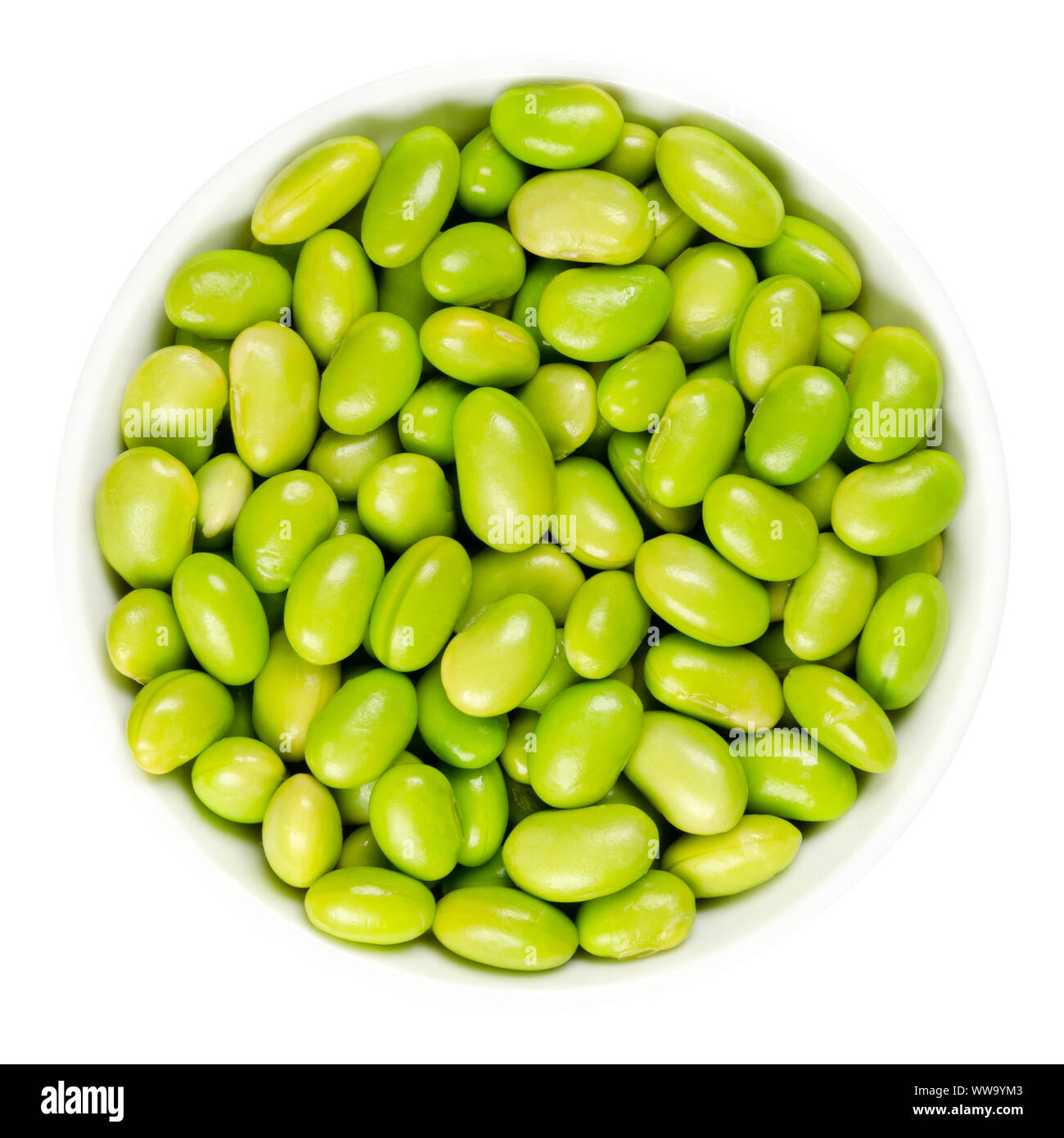
Mukimame, a lesser-known soybean variety, offers a unique flavor and nutritional profile that has been gaining popularity in the culinary world. To incorporate Mukimame into your meals, try roasting them with olive oil and your favorite spices for a delicious snack, or add them to soups, stews, and stir-fries for an added protein boost. You can also puree Mukimame into sauces or dips, or use them as a filling for dumplings or wraps. Get creative and explore the culinary possibilities of this versatile ingredient!
Mukimame: What is it and how is it different from Edamame?

Mukimame, like edamame, is a variety of soybean. However, the key difference lies in their processing methods. Edamame is harvested young and served whole in its pod, while mukimame refers to mature soybeans that have been shelled. The shelling process gives mukimame a tender and softer texture compared to the firmer texture of edamame. This difference in texture also affects the flavor, with edamame having a nuttier taste and mukimame being milder in flavor. Both options provide unique culinary possibilities and nutritional benefits.
Mukimame: Benefits and versatility in cooking
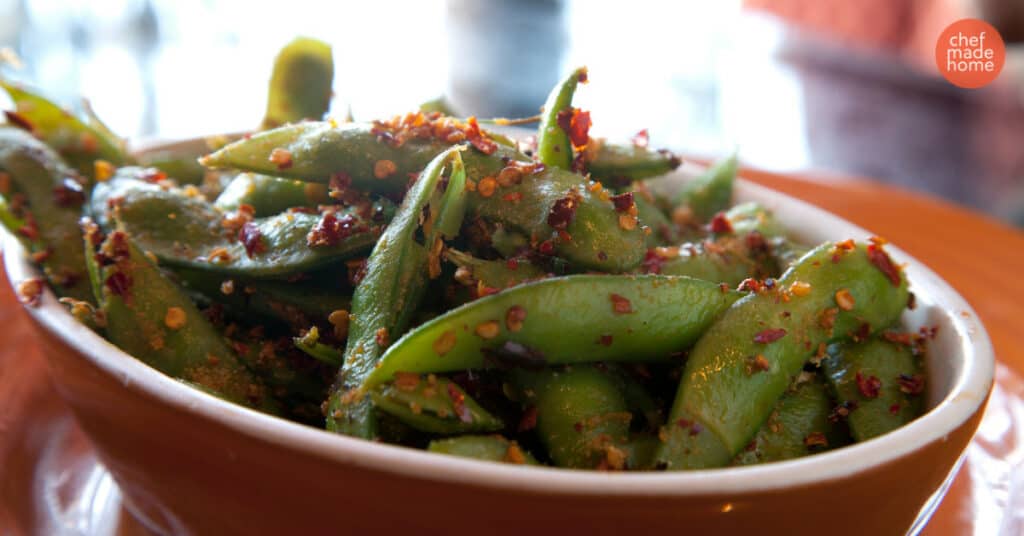
Mukimame offers numerous benefits in terms of its versatility in cooking. Due to its tender texture, it is perfect for incorporating into various dishes such as soups, stews, and stir-fries. Its mild flavor allows it to complement a wide range of ingredients and flavors, making it a versatile ingredient in both traditional and modern recipes. Additionally, mukimame is packed with nutrients, providing a healthy and nutritious addition to any meal. Whether used as a protein-rich side dish or as a main ingredient, mukimame adds a delicious and nutritious touch to your culinary creations.
Health Benefits Comparison

When comparing the health benefits of edamame and mukimame, it's clear that both soybean varieties offer a wealth of essential nutrients. They are rich in protein, fiber, vitamins, and minerals, making them a valuable addition to a balanced diet. Regular consumption of these soybeans may support heart health, aid in weight management, improve digestion, and boost immune function. Incorporating edamame and mukimame into your meals can be an easy way to reap these health benefits and enjoy their delicious flavors. Remember to consult a healthcare professional for personalized advice.
Nutritional comparison between Edamame and Mukimame
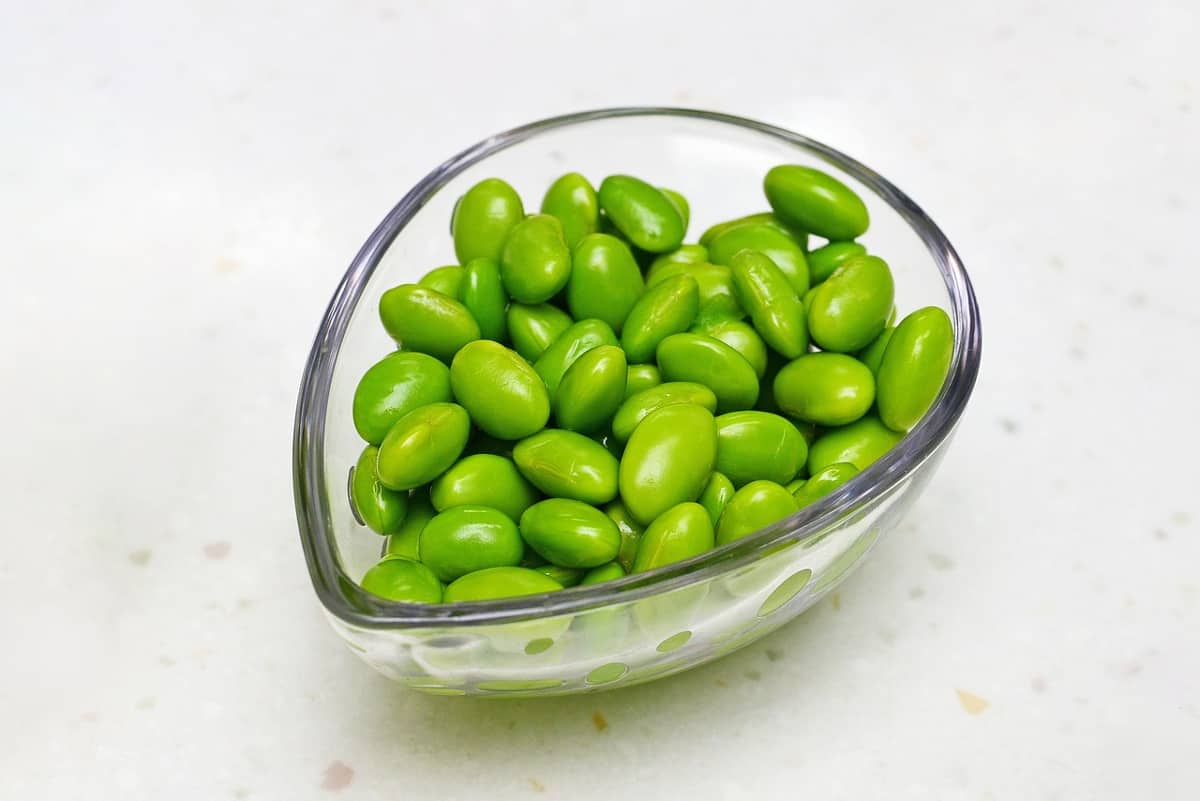
Edamame and mukimame, both soybean varieties, offer similar nutritional benefits. They are both rich in protein, fiber, vitamins, and minerals. However, there are slight differences in their nutritional content. Edamame tends to have slightly higher levels of protein and fiber, while mukimame contains more fat and calories. Nonetheless, both soybeans are nutritious choices and can be incorporated into a balanced diet to reap their health benefits. Remember to consult a healthcare professional for personalized dietary advice.
Health benefits of incorporating Soybean Delights in your diet

Including soybean delights like edamame and mukimame in your diet can provide numerous health benefits. These soybean varieties are packed with essential nutrients, such as protein, fiber, vitamins, and minerals, which contribute to overall well-being. Incorporating them into meals can help promote heart health, support weight management, and improve digestion. Additionally, their high protein content can aid in muscle building and repair. To reap these benefits, try adding edamame or mukimame to salads, stir-fries, or as a snack on its own. Enjoy the delicious taste while nourishing your body.
Culinary Uses and Recipes

Culinary Uses and Recipes
When it comes to culinary uses, both edamame and mukimame offer endless possibilities. These soybean delights can be added to salads, stir-fries, soups, and even sushi rolls for a nutritious and flavorful boost. They can also be enjoyed on their own as a healthy snack.
For a simple and delicious recipe, try boiling or steaming edamame or mukimame and sprinkling them with sea salt for a quick and satisfying snack. You can also toss them with olive oil, garlic, and your favorite seasonings before roasting them in the oven for a crispy and nutritious appetizer. Get creative and experiment with different flavors and cooking techniques to discover your favorite way to enjoy these soybean delights.
Creative ways to incorporate Edamame and Mukimame in various dishes
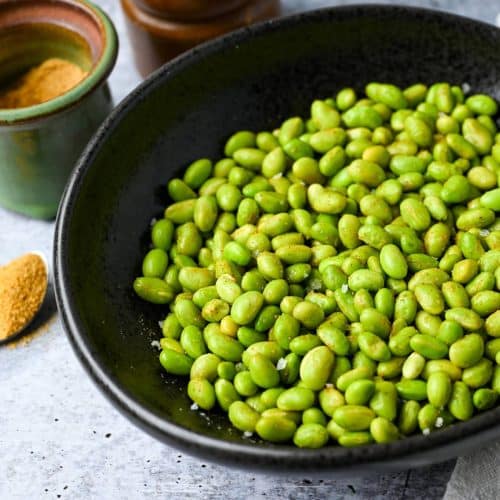
Incorporating edamame and mukimame into various dishes can add a nutritious and flavorful twist. Try tossing them into salads for an extra crunch or sautéing them with your favorite vegetables for a healthy stir-fry. You can also puree them into a creamy dip or blend them into soups and stews for added protein. Get creative and experiment with these soybean delights to elevate your culinary creations. The possibilities are endless!
Recipe ideas and cooking methods for Soybean Delights
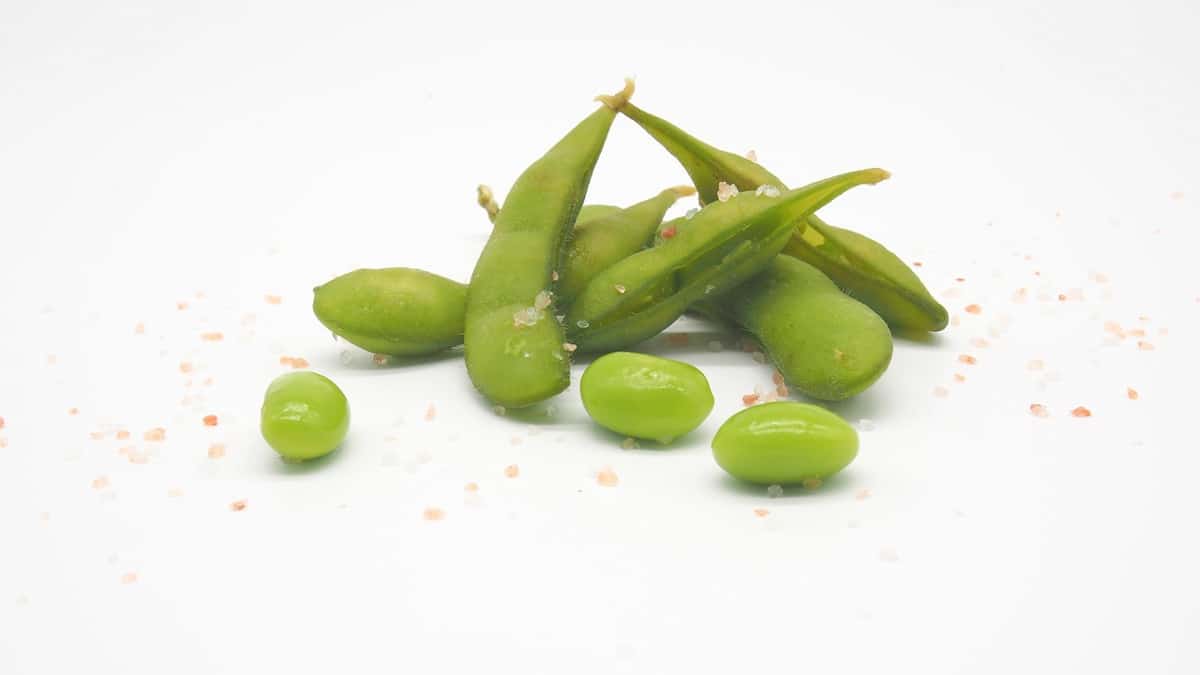
Looking for recipe ideas and cooking methods for your Soybean Delights? Try making a delicious edamame hummus by blending cooked edamame with garlic, tahini, lemon juice, and olive oil. For a tasty mukimame dish, sauté the shelled soybeans with garlic, ginger, and soy sauce for an Asian-inspired stir-fry. You can also add both edamame and mukimame to soups, stews, and grain bowls for a nutritious boost. Don't be afraid to get creative and experiment with these versatile soybean options in your culinary explorations.
Conclusion

In conclusion, understanding the differences between edamame and mukimame can help you make an educated decision when incorporating soybean delights into your diet. Both options offer unique flavors and nutritional benefits, making them valuable additions to your meals. Consider your personal preferences, cooking methods, and recipe ideas to fully enjoy the versatility of these soybean varieties. Whether you choose edamame or mukimame, you can't go wrong with these nutritious and delicious options. Experiment and enjoy the benefits of soybeans in your culinary adventures.
Summary of the differences and similarities between Edamame and Mukimame

Edamame and mukimame are both soybean varieties with some key differences and similarities. Edamame is harvested when the soybeans are still young and green, while mukimame is harvested when the soybeans are fully matured and have a beige color. In terms of taste and texture, edamame has a sweet and slightly nutty flavor with a softer texture, while mukimame has a nuttier and earthier flavor with a firmer texture. Nutritional value-wise, both options are high in protein, fiber, and essential nutrients. However, edamame tends to have slightly higher levels of certain nutrients like vitamin C. When it comes to cooking methods, edamame is commonly boiled or steamed and served as a snack or in salads, while mukimame is often used in stews, soups, and stir-fries. Overall, both edamame and mukimame offer unique flavors and nutritional benefits, making them versatile options for incorporating soybeans into your diet.
Final thoughts on incorporating Soybean Delights into a healthy diet.

As you wrap up your journey of exploring soybean delights, incorporating them into a healthy diet can bring numerous benefits. Edamame and mukimame, with their high protein and fiber content, make a nutritious addition to meals. Consider adding them to salads, stir-fries, or snacking on them for a protein boost. Experiment with different recipes and cooking methods to discover your favorite way to enjoy these soybean delights. Embracing the versatility and nutritional benefits of edamame and mukimame will undoubtedly enhance your culinary experience and promote a healthy lifestyle. So go ahead and savor the goodness of soybean delights in your daily diet.
DK FAQ MARK
FAQ about Poultry Preparation: How to Boil Whole Chicken
Q: How long does it take to boil a whole chicken?
A: It typically takes about 1 to 1.5 hours to boil a whole chicken until it is fully cooked.
Q: Should I season the water when boiling a whole chicken?
A: Yes, it is recommended to season the water with salt, pepper, herbs, and spices to enhance the flavor of the chicken.
Q: How can I tell if the whole chicken is cooked through?
A: You can check if the chicken is cooked through by ensuring the juices run clear when pierced, and the internal temperature reaches 165°F (74°C).
Q: Can I use the leftover chicken broth after boiling the whole chicken?
A: Yes, the leftover chicken broth can be used as a flavorful base for soups, stews, gravies, and sauces.
Q: Should I remove the skin before boiling the whole chicken?
A: It is optional to remove the skin before boiling the whole chicken, but leaving it on can help retain moisture and flavor during the cooking process.
Q: Can I add vegetables when boiling a whole chicken?
A: Yes, adding vegetables like onions, carrots, celery, and herbs to the pot can enhance the flavor of the chicken and create a tasty broth.

The Finer Diner has a rich history deeply rooted in the Mt. Oliver and Hilltop community. Our journey began with a simple yet ambitious vision – to create a welcoming space where friends and families could come together to enjoy delicious, comforting meals in a classic diner-style setting. Since our establishment, we have been dedicated to serving food, creating lasting memories, and fostering a sense of belonging within our community. Our commitment to quality, authenticity, and exceptional service has been the cornerstone of our success.